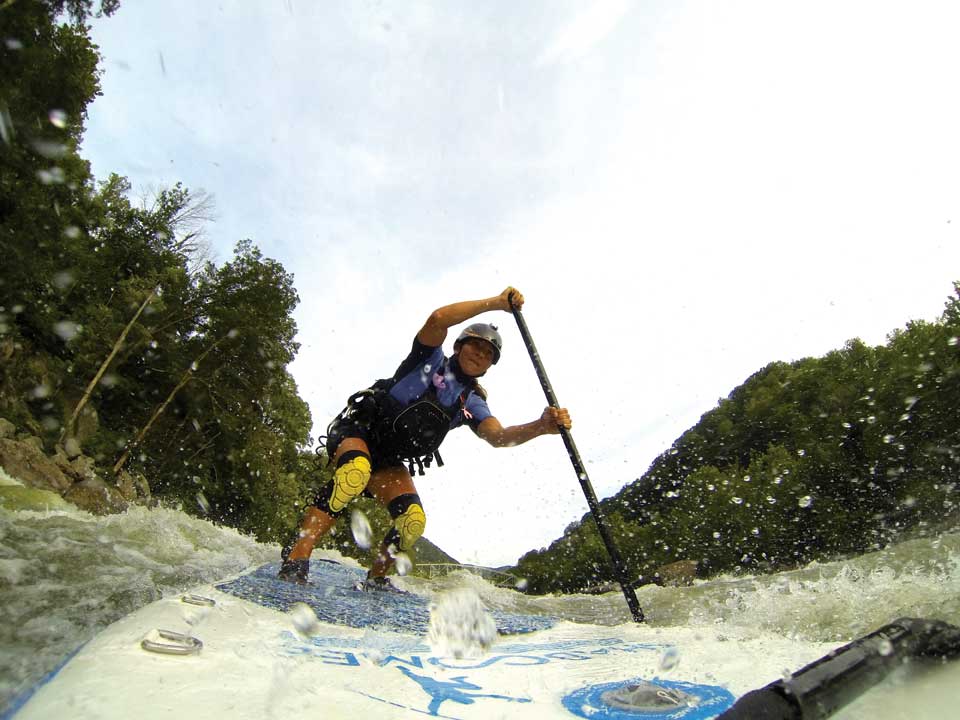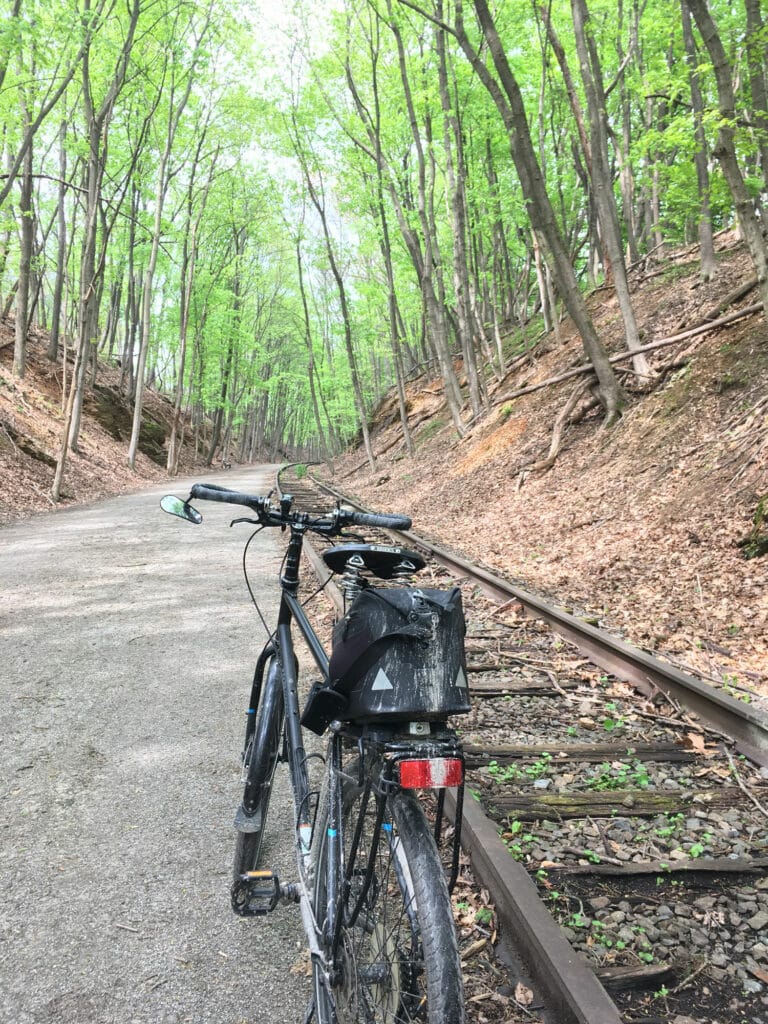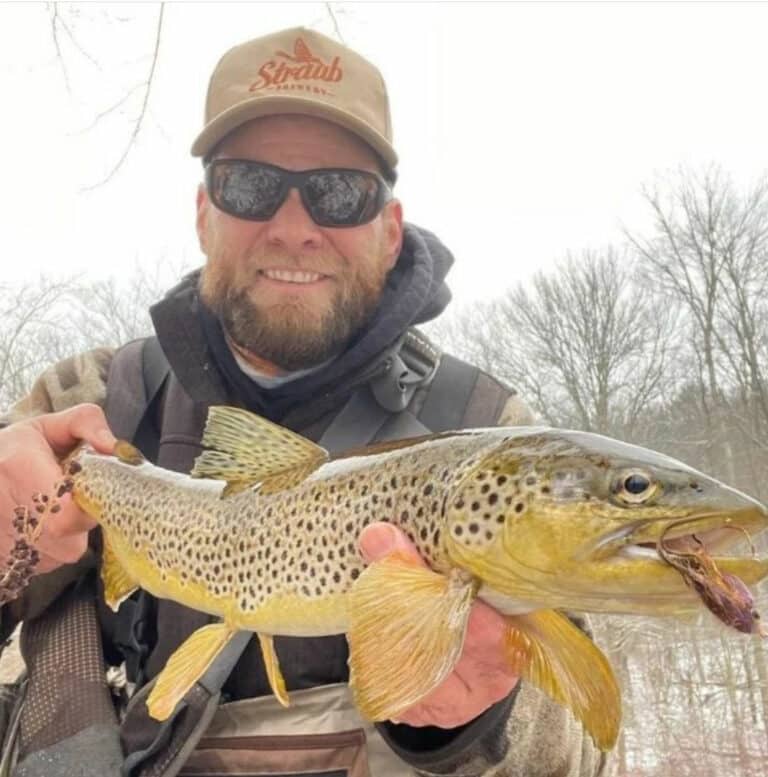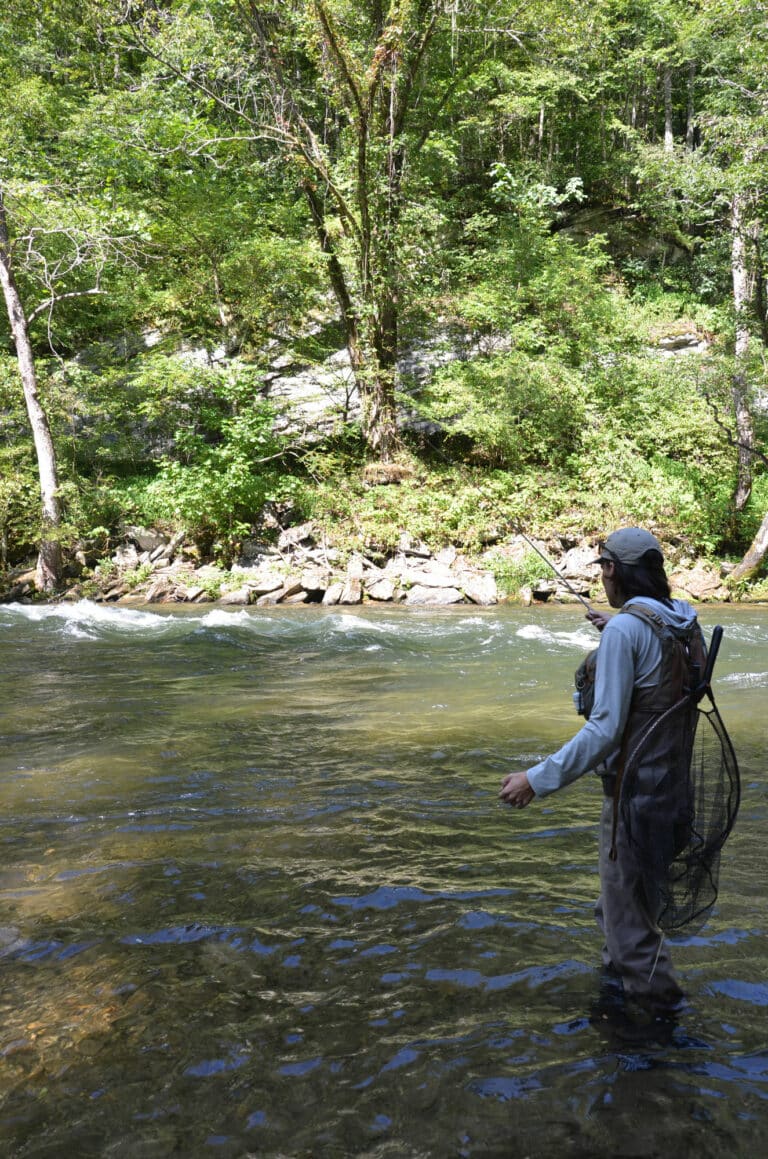OCEANS AREN’T THE ONLY PLACE TO CATCH A WAVE
What if you could get all the pleasure of surfing without ever getting sticky-saltwater-hair and sand in your ears? What if you could ride the perfect wave for minutes, hours even?
Sounds like an impossible dream, but a growing community is taking surfing from the oceans to the rivers. Fayetteville, W.Va., is at the forefront of the river surfing movement in the East with two badass chicas at the helm—Melanie Seiler of the standup paddleboard (SUP) community and Meghan Roberts representing the short boards. Though these two ladies have paid their dues on the ocean, both can agree—nothing beats the river.
For most of her life, 28-year-old Meghan Roberts has been riding boards—mainly snowboards and surfboards. When she landed in Fayetteville as a raft guide, she decided to take her surfboard to Canyon Doors, a popular boogie boarding spot on the Gauley River.
“I was trying to surf on the wave not even knowing [river surfing] was a thing and people were actually doing it,” Roberts remembers.
It was a complete failure at first. But then Roberts spotted a fatter foam surfboard for sale that, at first glance, appeared to be just an oversized boogie board. Something told her that this fatter foam board was the ticket to surfing Canyon Doors, so she bought it, took it to the wave a few weeks later, and stood up in her first few tries.
“I remember standing there thinking, ‘Oh my God I’m doing it. It works!’ I was just shocked,” she says.
Since that first ride, Roberts has been in constant search of the perfect wave, surfing everything she would have normally bypassed as a raft guide. There’s no easy way to get to most of these potential surf spots—some involve bushwhacking at least an hour to access—and more often than not, the weather is less than ideal. The surfing gets good when the weather gets bad, but according to Roberts, it’s all part of the adventure.
“When you’re surfing, you don’t think about how cold it is or how deep you might go when you swim,” she says. “All you are thinking about is that feeling of water rushing at you.”
Melanie Seiler agrees. Having lived in the whitewater hub of Fayetteville her whole life, Seiler thought she’d done it all—raft, kayak, ducky—until 2009 when a friend and fellow raft guide brought a couple stand up paddleboards to Gauley season.
Seiler thrived on the new challenge. Suddenly, class I and II stretches of the New were exciting and difficult again. She suffered through frigid temps and lugged her board through dense swaths of rhododendron for hours to find new waves to surf.
“On the one hand, it could be really, really frustrating,” Seiler says of those early days of learning, “but then it also showed me that you really have to work for [the surf] and you’re not just handed it.”
In the six years since, Seiler has hosted four SUP races on the New River Gorge, and developed guided SUP tours for Adventures on the Gorge.
“I love river surfing because you get on the wave and you can stay on it as long as you want,” she says. “That feeling is all about the sense of being in the moment.”
FAQS: KNOW BEFORE YOU GO
What’s the difference between ocean and river surfing?
MS: The difference mainly is that you’re chasing after an ocean wave and riding it for a few seconds. For a river wave, it’s in one stationary place, and once you’re on it, you can ride it as long as your skills allow you to ride it.
What type of board do you use?
MR: When you’re looking for a river surfboard, you want one that’s wider in the tail—that will help keep you on the wave more. You will want a thicker board, so look for anything between 2.5 and 3 inches thick. Wider, too, at least 20-21 inches wide. That helps keep you in the wave longer. I use a 6’2” Boardworks Mini Mod.
MS: The Badfish MVP and the Glide Sesh are my go-tos but a new one I’m checking out is the Paddlestroke G-Rocker which is a light inflatable surfboard.
What gear will I need for river surfing?
MR: Definitely a wakeboard vest. It’s flat so you can lay on the board better.
MS: I usually wear a 6mm wetsuit, 7mm gloves, and 7 mm booties. When it’s really cold, sometimes I wear layers underneath the wetsuit. And when it’s below 35 degrees out, the wetsuit’s not warm enough for me, so I wear my drysuit with a wetsuit hood vest pulled over.
Where is the best surfing?
MR: For short boards, Diagonal Ledges on the Gauley River. At 3000 to 3,200cfs, it’s a big green wave. Canyon Doors needs 800cfs to surf.
MS: For SUP surf, if you have some experience, the Perfect Wave on the Gauley is great at 1,800cfs and 6,500 cfs. Some people get intimidated when there’s higher water but in a lot of places it’s safer (think about it—more water, less rocks).
Another fun spot is Canyon Doors. I would classify that as an intermediate surf wave with really easy access and a really easy eddy. The two big ones, ones you wait for the right water levels, are Diagonal Ledges and the New River Dries. Diagonal Ledges is good between 2,500 and 3,500cfs while the Dries is good when the Thurmond gauge reads 18,000 to 24,000cfs. The Dries are so wide and bubbling and churning and stomping. Putting on for the first time will about make you throw up.
Where can I get more information?
MR: riverbreak.com








